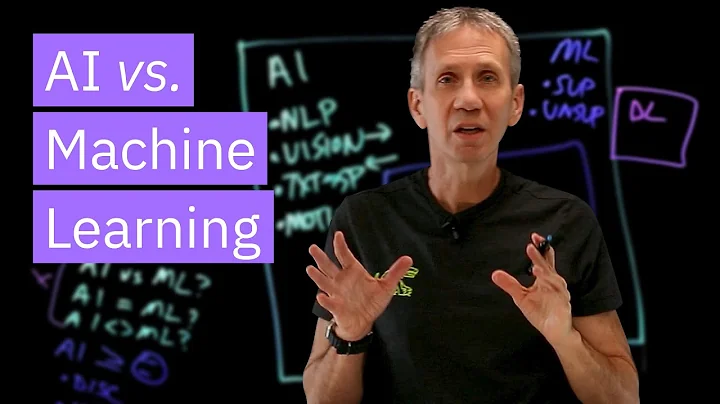
Emerging technologies such as big data and artificial intelligence are developing at an astonishing speed, thanks in part to the amazing advances in deep learning.
deep learning is part of the larger family of artificial machine learning and aims to imitate human-like learning and logic through artificial artificial neural networks . The benefit of deep learning is its ability to investigate massive data sets and make complex decisions based on these massive data sets that are impossible for humans to achieve. Deep learning models learn complex concepts that iteratively power complex decisions. These systems compare new data to baseline data, allowing these systems to learn effectively. To improve the accuracy of these systems, they must be fed more data to establish more complex decision-making criteria.
Understandably, this type of technology has the potential to disrupt every business silo once it becomes commercially viable. So far, the deep learning market will be worth $17.4 billion by 2023, according to the latest report from Market Research Future (MRFR). The application of deep learning combined with emerging technologies such as machine learning, big data, and cybersecurity will reimagine today’s modern business environment.
From big data to artificial intelligence, almost every evolving branch of technology benefits from the profound value of deep learning. In the following sections, we’ll dive into how exactly this branch of artificial machine learning can help advance emerging technologies.

Big data expands the approach to deep learning
Deep learning models have traditionally relied on structured and unstructured data to build decision-making processes. In speech recognition and text translation, big data combined with this technology enables applications to build more sophisticated speech recognition and text translation applications that resemble near-human quality. In addition, computer vision applications are also developed through the combination of big data and deep learning. Here, computer vision applications can make more human-like decisions, providing benefits to a variety of silos, from the military to medicine.
Finally, labeling and graphics processing have improved capabilities in handling large amounts of data and play a key role in training deep learning models. These evolutions may provide value in shipping, pharmaceuticals and other industries that rely on labeling and graphic design.
Enhanced cybersecurity through deep learning
One of the major developments in cybersecurity is a deep learning application called Deep Instinct. Deep Instinct develops a mobile and endpoint cybersecurity solution that leverages deep learning and detects real-time threats in servers, endpoints, and mobile phones. This deep learning-enabled technology prevents zero-day attacks and predicts unknown attacks through deep learning algorithms. It can differentiate between harmful and harmless attacks and instantly extend its protection across the network. It can witness high adoption rates due to its ability to identify ransomware in the education, financial services, and healthcare sectors.

Artificial Intelligence Analysis
Artificial intelligence (AI) is another branch of artificial intelligence (AI), which is a self-aware technology system designed to imitate human intelligence, rationality and personality. Artificial intelligence has evolved from a basic chatbot to a sophisticated full-time assistant bot. Today, state-of-the-art artificial intelligence systems can quickly translate languages and recognize images for the web thanks to their tags. Following this incredible evolution, organizations are now leveraging artificial intelligence to solve some of their most difficult challenges.
Deep learning can be thought of as the learning component of autonomous AI machines. By enabling AI systems with the back-end learning capabilities of deep learning, researchers hope to develop advanced AI systems that can address some of society's biggest challenges, such as curing cancer, developing safe autonomous driving networks, and advancing all aspects of medicine. .
edge computing
Deep learning models can also play a role in edge computing. Researchers have found that these systems can help machines identify various products and stimulate industrial automation.These systems can resolve surface defects, identify products by their brightness and shape, and perform complex inspections in the field without human intervention. In the process, edge computing powered by deep learning can effectively build more resilient computing systems while minimizing human intervention.
The use of computing and network devices has shifted the burden of distributing and storing data to edge computing. The rise of smart factories, biometrics, and the shift to the cloud creates huge opportunities for deep learning models in edge computing. These systems in edge computing provide a level of automation in how these IoT-enabled devices are trained using various simulations and work in conjunction with artificial intelligence to gather edge intelligence. This process requires network virtualization or a combination of virtual machines and containers to maximize resource allocation and isolate services for faster computing. Issues such as privacy, risk control, and response latency need to be addressed to increase the speed of edge computing.
forward
This fascinating technology is slowly evolving, but will certainly continue to provide incredible value to emerging technologies as they evolve. Whether it’s artificial intelligence, cybersecurity, or big data, we’re sure to see fascinating advancements as deep learning continues to push the boundaries of emerging technologies.





















